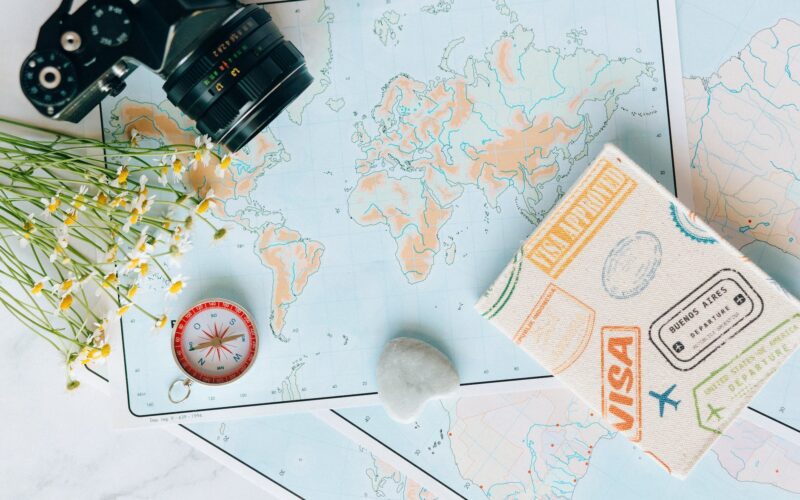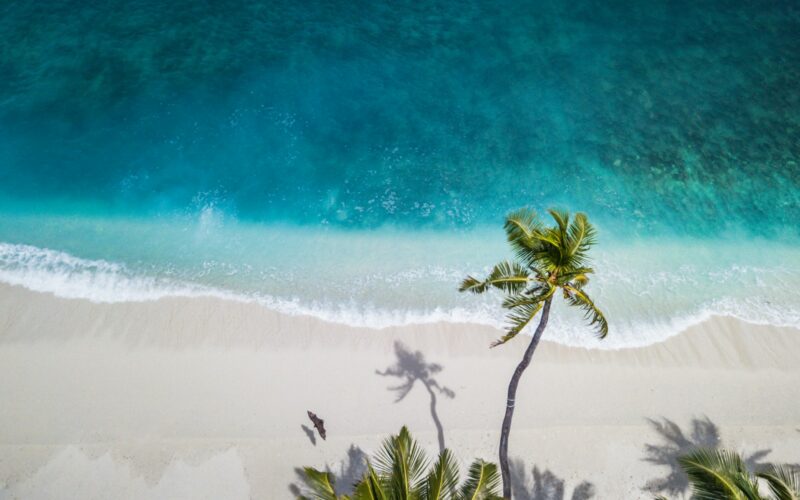Understanding Blisters and Their Causes
When embarking on a backpacking trip, blisters can be a common and painful issue that many hikers face. Understanding the causes of blisters is the first step in prevention. Blisters are typically caused by friction between your skin and your socks or shoes. This friction can be exacerbated by rubbing from ill-fitting footwear, moisture from sweat or wet conditions, or repetitive motions while walking. Blisters are essentially small pockets of fluid that form in the upper layers of the skin as a protective measure against friction.
Choose the Right Footwear
One of the most important steps in preventing blisters while backpacking is choosing the right footwear. Ill-fitting or poor quality shoes can increase the likelihood of blisters forming. When shopping for hiking boots or shoes, consider factors such as proper fit, breathability, cushioning, and support. It’s essential to try on shoes with the socks you plan to wear while hiking to ensure a proper fit. Look for shoes with features such as padded collars, cushioned insoles, and moisture-wicking materials to help reduce friction and keep your feet dry.
Proper Foot Care and Hygiene
Maintaining proper foot care and hygiene is crucial in preventing blisters while backpacking. Before heading out on a hike, make sure your feet are clean and dry. Trim your toenails to prevent them from rubbing against the inside of your shoes. Consider using foot powder or anti-friction balms on areas prone to blistering. It’s also essential to change into clean, dry socks throughout your hike to reduce moisture and friction. Additionally, taking breaks to air out your feet and remove any debris from your shoes can help prevent blisters from forming.
Wear Proper Socks
In addition to proper footwear, wearing the right socks can make a significant difference in preventing blisters while backpacking. Look for socks made from moisture-wicking materials such as merino wool or synthetic blends that help keep your feet dry. Avoid cotton socks, as they tend to retain moisture and increase friction. Consider wearing double-layered socks or specialized hiking socks with extra padding in high-friction areas. Make sure your socks fit well and don’t have any seams that could cause rubbing against your skin.
Preventative Measures on the Trail
While on the trail, there are several preventative measures you can take to reduce the likelihood of developing blisters. One helpful tip is to gradually break in new hiking shoes before embarking on a long backpacking trip. This can help your feet adjust to the shoes and reduce friction. Consider using moleskin or blister pads on hot spots or areas prone to rubbing. Some hikers also swear by duct tape or athletic tape to cover areas of their feet that are vulnerable to blisters.
By understanding the causes of blisters, choosing the right footwear and socks, maintaining proper foot care and hygiene, and taking preventative measures on the trail, you can significantly reduce the risk of developing blisters while backpacking. Remember that prevention is key when it comes to blisters, so taking the time to properly care for your feet can make all the difference in your hiking experience.
Proper Fit and Lacing Techniques
Ensuring your hiking shoes or boots fit properly is essential in preventing blisters. Ill-fitting footwear can create friction points that lead to blisters. When trying on hiking shoes, make sure there is enough room in the toe box to wiggle your toes and that your heel is secure without slipping. Experiment with different lacing techniques to customize the fit of your shoes, such as using a heel lock or loop lacing to prevent heel slippage. Properly lacing your shoes can help distribute pressure evenly across your foot and reduce the likelihood of blisters forming.
Moisture Management
Moisture can be a major contributor to blister formation, as wet conditions can soften the skin and increase friction. To prevent blisters caused by moisture, it’s important to manage sweat and wet environments effectively. Choose breathable, moisture-wicking socks and footwear to keep your feet dry. Consider bringing extra pairs of socks on your hike to change into if your feet become wet. It can also be helpful to use foot powders or antiperspirants to reduce sweating and keep your feet dry throughout the day.
Footwear Maintenance
Proper maintenance of your hiking shoes or boots can also play a role in preventing blisters. Inspect your footwear regularly for any signs of wear or damage, such as worn-out cushioning or seams that may cause rubbing. Replace insoles or inserts as needed to ensure proper support and cushioning. Keeping your footwear clean and dry can also help prevent blisters, as dirt and moisture buildup can increase friction. Take the time to clean your shoes after each hike and allow them to air out thoroughly before wearing them again.
Proper Walking Technique
Your walking or hiking technique can impact the likelihood of developing blisters. Pay attention to your gait and make adjustments as needed to reduce pressure points on your feet. Avoid dragging your feet or shuffling, as these motions can create friction and hot spots. Instead, focus on taking shorter, more deliberate steps and lifting your feet with each stride. Engaging your core muscles and maintaining good posture can also help distribute weight evenly and reduce strain on your feet, decreasing the risk of blisters forming.
Monitoring Hot Spots
Hot spots, or areas of your feet that feel irritated or tender, can be early indicators of potential blister formation. Pay close attention to any hot spots that develop during your hike and take immediate action to prevent blisters from forming. Consider applying moleskin or blister pads to these areas to reduce friction and protect the skin. Adjust your socks or lacing to alleviate pressure on hot spots, and take breaks to rest and air out your feet if needed. By monitoring and addressing hot spots promptly, you can prevent blisters from worsening and enjoy a more comfortable hiking experience.
Proper footwear, sock selection, foot care, and preventative measures are crucial in reducing the risk of blisters while backpacking. By taking proactive steps to prevent blisters, hikers can make their outdoor adventures more enjoyable and comfortable.
#prevent #blisters #backpacking
















